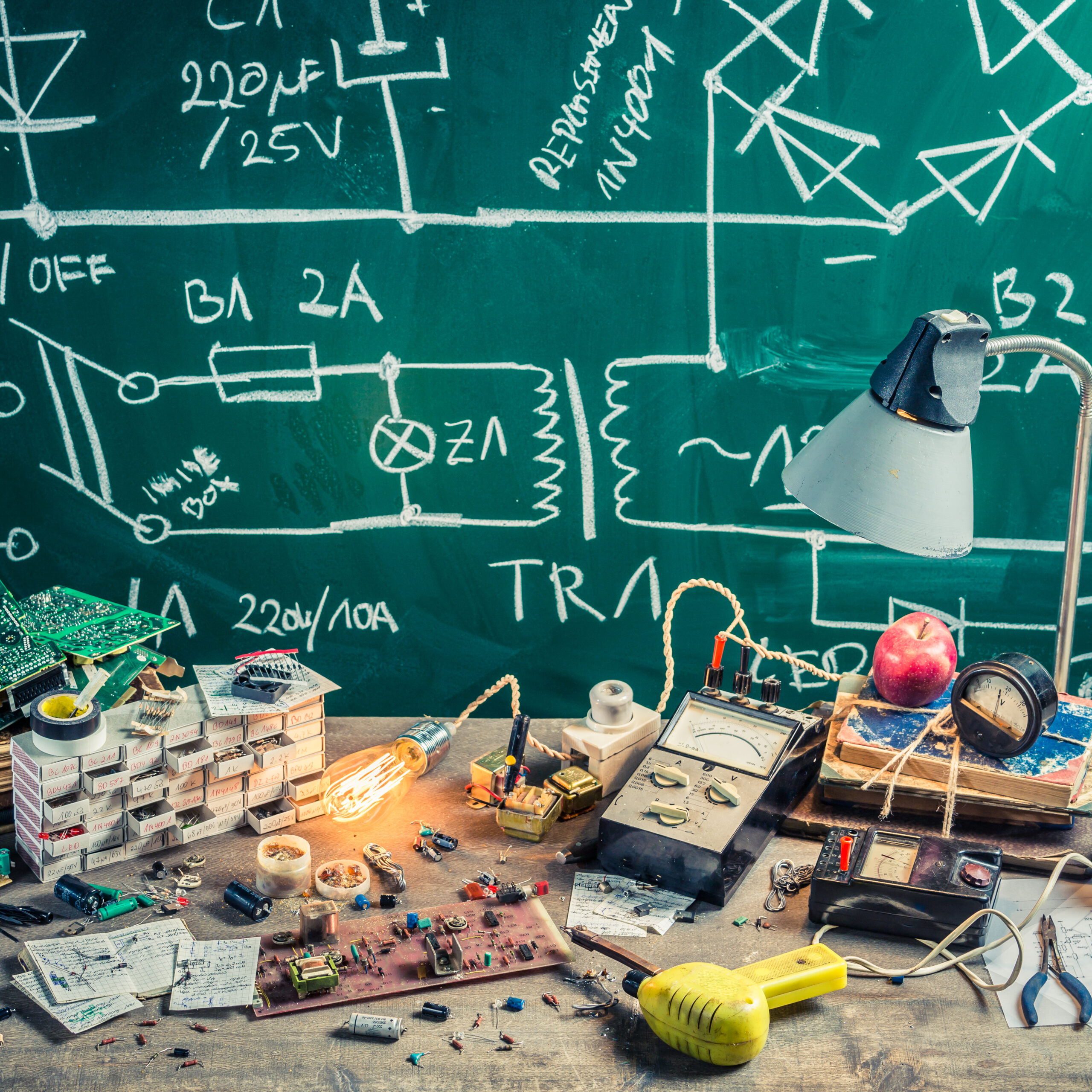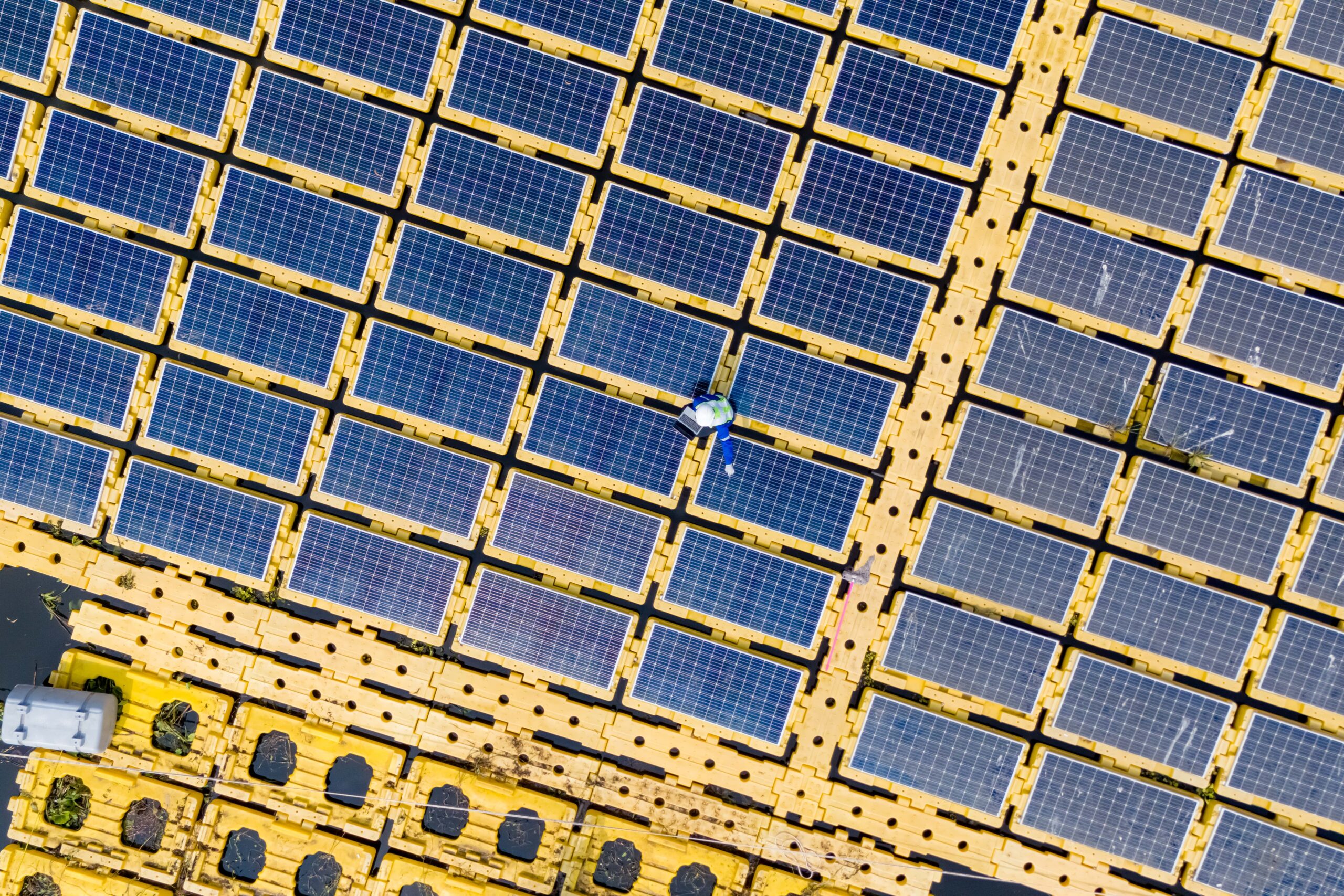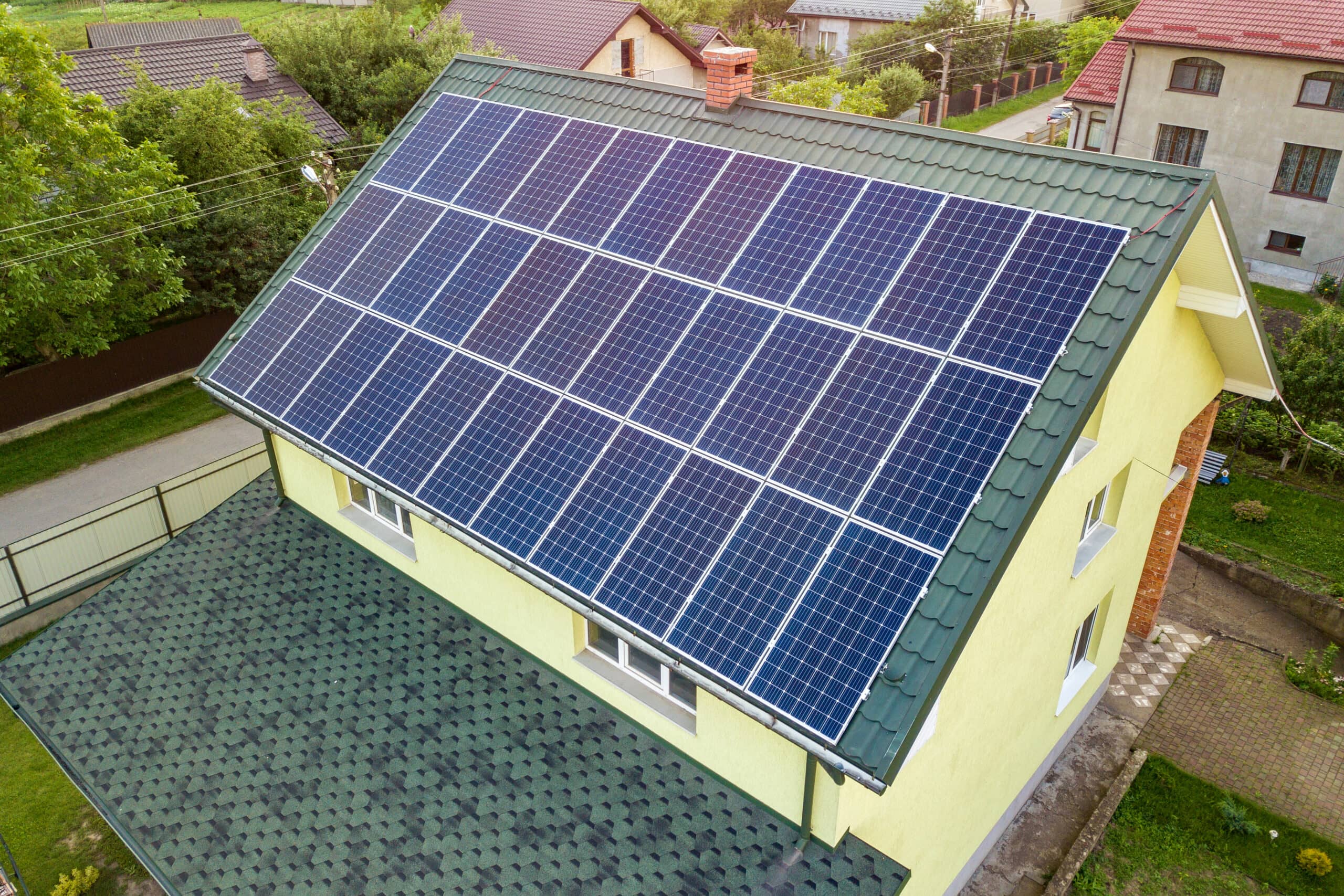Electricity plays a crucial role in our daily lives, powering our homes, devices, and industries. At the heart of electrical systems lie two main types of currents: Alternating Current (AC) and Direct Current (DC). This article explores the distinctions between AC and DC electricity, exploring their unique characteristics and applications. Join us as we uncover the fundamental variances between these two essential forms of electrical power.
In the early days of electricity, pioneering experiments and discoveries paved the way for developing two fundamental types of electrical current: Alternating Current (AC) and Direct Current (DC). Notable figures such as Thomas Edison primarily advocated for the use of DC power, and Tesla for AC power, played crucial roles in shaping the landscape of electrical power.
A prominent inventor, Thomas Edison, championed using direct current (DC) in electrical systems. His efforts led to the establishing of the first electric power distribution system in the United States. On the other hand, Nikola Tesla, a visionary engineer, advocated for Alternating Current (AC) as a more efficient and versatile form of electricity. Tesla’s contributions to AC technology revolutionized power transmission and distribution.
The historical rivalry between AC and DC, often referred to as the ‘War of Currents,’ symbolized the competition between proponents of these two types of electricity. Edison fiercely promoted DC, highlighting its safety and reliability. At the same time, Tesla and its supporters emphasized the advantages of AC, such as its ability to produce long-distance transmission and more effortless voltage transformation.
This clash of ideas and technologies set the stage for significant advancements in electrical engineering and power distribution. The ‘War of Currents’ ultimately culminated in the widespread adoption of AC as the standard for electricity transmission, marking a pivotal moment in the history of electrical power.
After exploring the historical backdrop of AC and DC electricity, let’s examine the fundamental concepts and characteristics that define these two electrical currents.
An alternating Current (AC) is an electrical current where the flow of electric charge periodically reverses direction. AC electricity is characterized by its alternating voltage polarity, which changes smoothly and continuously over time. The frequency of AC refers to the number of cycles per second, measured in Hertz (Hz). Familiar AC sources include power grids and generators. AC waveforms typically exhibit sinusoidal patterns.
Direct Current (DC), however, is a type of electrical current that flows consistently in one direction. DC electricity maintains a constant voltage polarity without reversing. DC is known for its stable voltage output, making it suitable for applications requiring a steady power supply. Familiar sources of DC include batteries and solar cells. DC waveforms are typically flat or constant over time.
In terms of applications, AC electricity is widely used for power distribution in homes, businesses, and industries. AC’s ability to be easily transformed in voltage and transmitted over long distances makes it ideal for powering various devices and systems. On the other hand, DC electricity is commonly utilized in electronics, telecommunications, and portable devices due to its stable voltage output and compatibility with many electronic components.
Understanding AC and DC electricity’s basic concepts and characteristics is essential for grasping their distinct properties and applications in different electrical systems.
AC electricity is primarily generated using generators in power plants. These generators convert mechanical energy from sources like steam, water, or wind into electrical energy in alternating current. The generated AC electricity is transmitted through long-range power lines to reach homes, businesses, and industries. AC has advantages in long-distance transmission due to its ability to be easily transformed into higher or lower voltages using transformers, which helps reduce energy losses during transmission.
DC electricity can be generated using batteries, solar panels, and DC generators. Batteries and solar panels directly produce DC power, while DC generators convert mechanical energy into direct current. Modern High Voltage Direct Current (HVDC) technology facilitates long-distance transmission with greater efficiency and lower energy losses compared to traditional AC systems over similar distances. However, DC has applications in specific scenarios where stable voltage is crucial, such as telecommunications, data centres, and specific industrial processes.
Understanding how AC and DC electricity are generated and transmitted shows their distinct roles and applications in electrical systems.
Electricity plays a fundamental role in powering our modern world, and two primary forms of electricity are alternating current (AC) and direct current (DC). Each type has advantages and disadvantages, influencing their applications in different scenarios.
One of the critical advantages of AC electricity is its efficiency in transmission over long distances. AC power is well-suited for long-distance transmission because it can easily change voltage levels using transformers. This feature helps reduce energy losses during transmission, making it a preferred choice for widespread power distribution. Moreover, AC electricity benefits from a well-established infrastructure and widespread usage, making it a reliable and commonly used form of electrical power.
However, AC electricity also comes with its own set of drawbacks. Safety concerns arise with high-voltage AC systems, necessitating strict safety measures to prevent accidents. Additionally, the infrastructure required for AC electricity involves complex systems for voltage conversion and usage, adding to the overall complexity and cost of the electrical grid.
On the other hand, DC electricity offers distinct advantages in specific applications. DC provides a consistent and stable voltage output, making it ideal for electronic devices that require a steady power supply. It is also efficient for short-distance transmission and storage, making it suitable for applications like telecommunications and data centres. Furthermore, due to its compatibility with these energy sources, DC is gaining relevance in renewable energy systems, such as solar panels and batteries.
Despite its advantages, DC electricity faces challenges as well. Changing voltage levels in DC systems can be difficult, requiring complex equipment and systems for conversion. Moreover,
AC and DC electricity have strengths and weaknesses, making them suitable for different applications based on their unique characteristics. Understanding the advantages and disadvantages of each type of electricity is crucial in designing efficient and reliable electrical systems tailored to specific needs. By weighing these factors, engineers and policymakers can make informed decisions to optimize AC and DC electricity use in various sectors.
AC electricity is vital in powering homes, businesses, and industrial machinery. AC electricity operates household appliances, lighting systems, heating, and air conditioning units in residential settings. The ability to quickly step up or down voltages with transformers makes AC electricity suitable for powering various home devices. In industrial settings, AC electricity drives large-scale machinery, manufacturing processes, and industrial equipment due to its efficiency in power distribution and transmission over long distances.
In contrast, DC electricity has extensive applications in modern technology. Electronic devices like smartphones, laptops, and televisions rely on DC power. Electric vehicles utilize DC electricity for their batteries and motors, highlighting the importance of DC in the transportation sector. Moreover, renewable energy systems like solar panels and wind turbines generate DC power, emphasizing the role of DC in sustainable energy solutions. DC electricity is particularly crucial in battery storage systems and off-grid solutions where a stable and consistent power supply is essential.
The versatility of AC in powering residential and industrial infrastructure, coupled with the efficiency and stability of DC in electronic devices and renewable energy systems, showcases the interplay between these two forms of electricity in shaping the technological landscape. As technology evolves, understanding the distinct roles of AC and DC electricity is critical to driving innovation and sustainability across various sectors.
The future holds exciting prospects for AC and DC systems with the rise of smart grids and integrated energy solutions. Smart grids leverage advanced digital technology to optimize energy distribution, enhance grid reliability, and enable efficient communication between energy producers and consumers. These grids facilitate the seamless integration of renewable energy sources and support dynamic energy flow management. Additionally, ongoing advancements in DC transmission and storage technologies pave the way for more efficient and sustainable energy systems. Improved DC transmission lines and innovative storage solutions enhance grid resilience and enable the effective utilization of renewable energy resources.
As the world moves towards a more sustainable energy future, there is a noticeable shift towards increasing adoption of renewable energy sources. Solar, wind, and hydropower are becoming mainstream contributors to the energy mix, reducing reliance on fossil fuels and lowering carbon emissions. This transition towards renewables necessitates a careful balance between AC and DC infrastructure to ensure optimal efficiency and compatibility with evolving energy generation trends. Integrating renewable energy sources into both AC and DC grids while maintaining grid stability and reliability is crucial for meeting future energy demands sustainably.
By embracing these emerging technologies and trends in AC and DC systems, the energy sector is poised for significant transformation towards a greener, more efficient, and resilient future. The interplay between intelligent grids, advanced transmission technologies, and renewable energy integration underscores the importance of innovation and adaptation in shaping the energy landscape for future generations.
Understanding AC and DC electricity is crucial for driving future advancements in energy systems and promoting sustainability. As renewable energy sources gain prominence, efficiently harnessing and distributing power in both AC and DC forms becomes essential. By grasping AC and DC electricity’s unique characteristics and applications, engineers and policymakers can design more resilient, efficient, and environmentally friendly energy infrastructures.
By recognizing the distinct advantages of AC and DC electricity and leveraging their complementary nature, we can pave the way for innovative solutions that meet the evolving energy needs of society while promoting sustainability and resilience in the energy sector.






